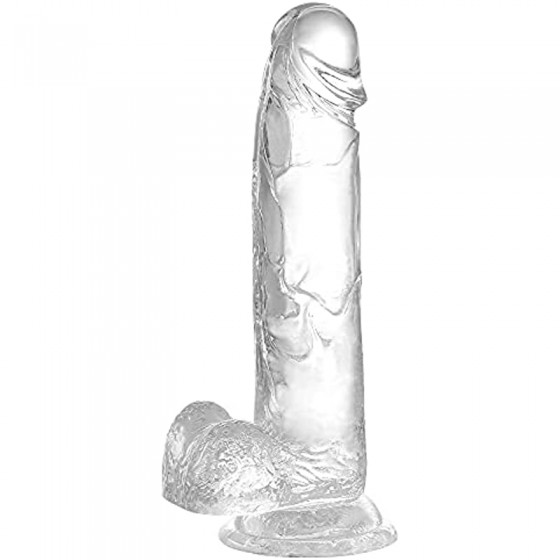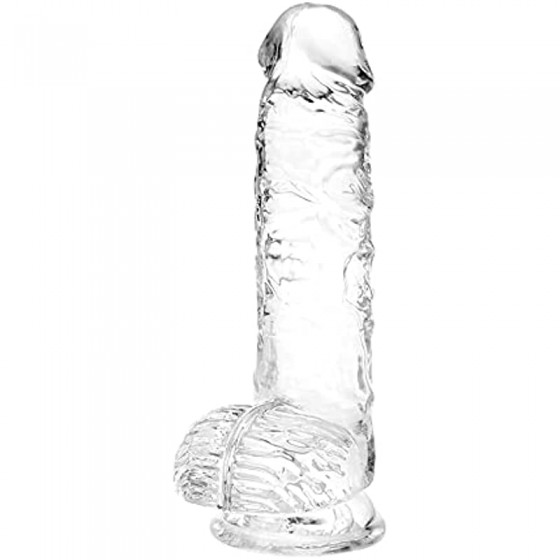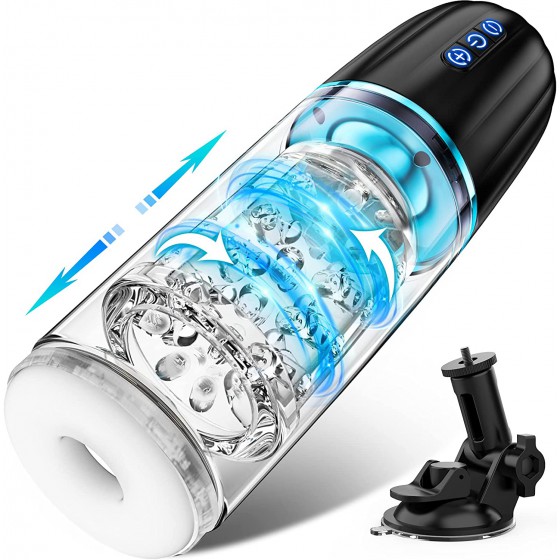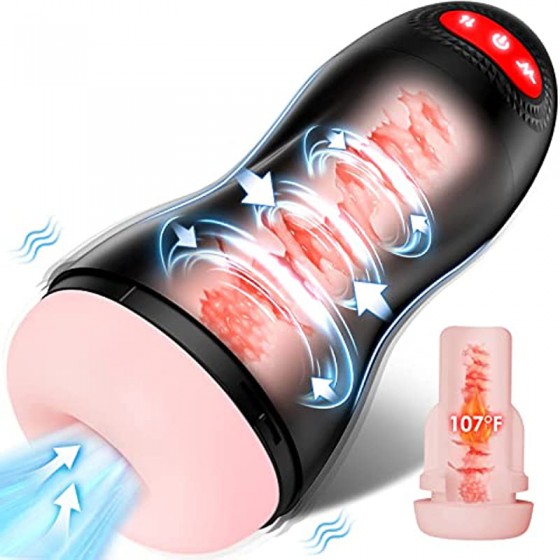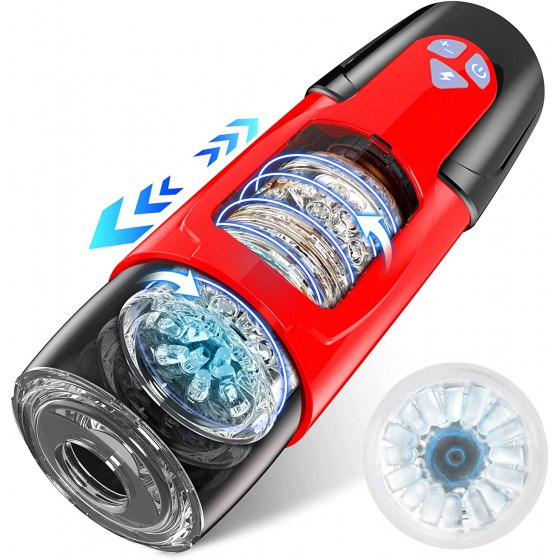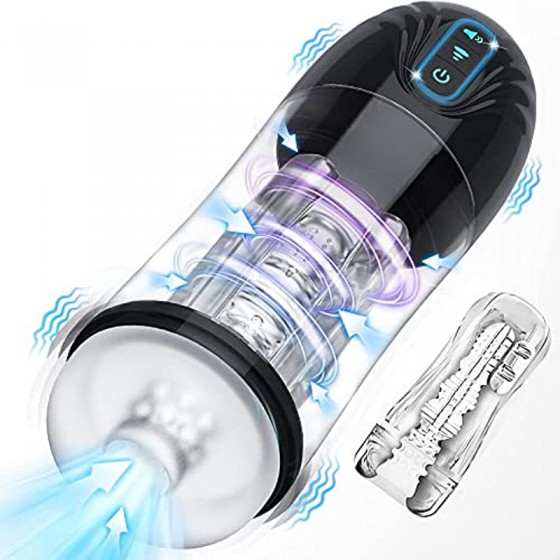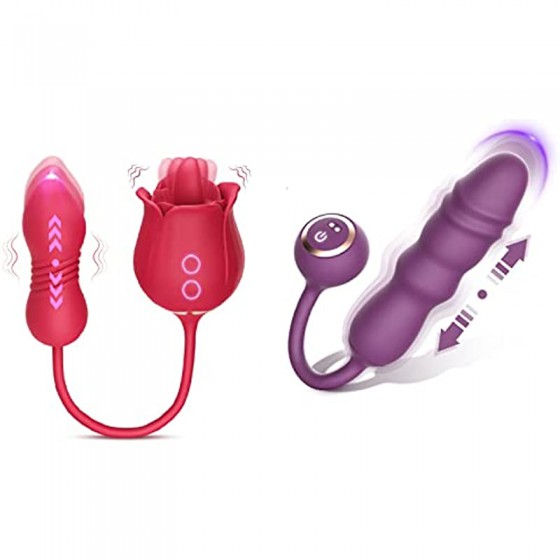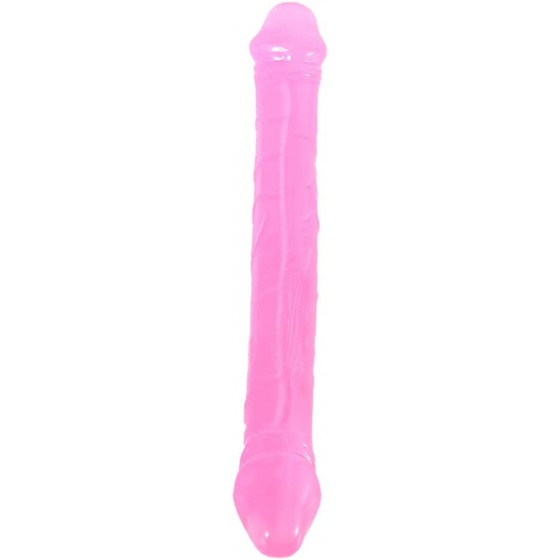Learn about the two main culprits that cause dysmenorrhea in women after marriage
When it comes to dysmenorrhea, many women are itching to get rid of it. However, the "stubborn" dysmenorrhea is not so easily driven away. Some women only develop dysmenorrhea after they get married, which makes women puzzled. So what exactly causes women to have dysmenorrhea after marriage? If you want to know the answer, please read below.
The two main culprits that cause women to have dysmenorrhea after marriage
1. Or suffering from pelvic inflammatory disease
The most common symptom of pelvic inflammatory disease is pain in the waist and abdomen. When women have their menstruation, the pain will become more severe, leading to dysmenorrhea. Therefore, if a woman’s dysmenorrhea persists, she might as well go for a check-up to see if pelvic inflammatory disease is causing the problem. This will help women solve the problem as soon as possible, so that women can slow down their dysmenorrhea and experience less pain during menstruation.
2. Or suffering from endometriosis
Active endometrial cells should grow inside the uterus, but many factors can cause endometrial cells to move into the pelvic cavity through the fallopian tube, causing active endometrial cells to grow in the pelvic cavity, that is, they grow where they should not. place, affecting the function of women's vital organs. When the position of the endometrium deviates, its normal contraction function will naturally be affected. When menstruation occurs, it is impossible to expel the shed endometrium fragments smoothly, resulting in abnormal contraction and pain in the woman's waist and abdomen, which is often referred to as dysmenorrhea.
So, if a woman finds that she has dysmenorrhea every month after marriage, she should not be careless and go to the hospital after her menstrual period is over. In order to find out the culprit causing women's dysmenorrhea as quickly as possible, so that women can get rid of the pain as soon as possible.
Women must pay attention to three aspects if they want to relieve dysmenorrhea
1. Remember to keep warm
If the body catches cold, it is easy for major organs inside the body to be invaded by cold air, such as the uterus. The contraction of the uterus due to cold is prone to abnormality and eventually leads to dysmenorrhea, so women should pay attention to keeping warm at all times, especially now that the weather is getting colder.
If you want to keep warm, you should pay attention to your diet and clothing. For example, you should always drink hot water (soup) and eat hot food. When the food is cold, you must heat it before eating it. In terms of clothing, try to "cover" the waist, abdomen, legs, feet, and head. It is recommended to put away low-waisted pants, thongs, miniskirts (pants), and navel-baring clothes. When going out, remember to wear a thick hat, thick boots, a warm baby on your waist and abdomen, etc., so that the cold wind has no chance.
2. Don’t forget to exercise
Many women think that they cannot exercise during menstruation, but in fact, moderate and reasonable exercise is beneficial to the body and mind. Because gentle exercise can make blood circulation smoother, when blood circulation is not blocked, menstrual blood is more easily discharged, so the pain of dysmenorrhea is reduced. Among them, there are several types of exercises suitable for menstruation, such as short walks, meditation yoga, etc.
3. Be a clean woman
Blood will flow out during menstruation. Although the blood will be absorbed by the towel, it is inevitable that some blood will stain the underwear. If the underwear is not washed, bacteria will easily grow in the underwear. If the skin in the triangular area is in direct contact with underwear filled with bacteria, bacteria will enter the interior through the skin in the triangular area, causing infection. Therefore, women should change and wash their underwear in time during menstruation and be a clean woman.
In addition, during menstruation, the skin in the triangle area is in direct contact with the towel. If the towel containing menstrual blood is not replaced in time, it means that the skin in the triangle area will be in contact with the towel for a long time. You must know that the substances contained in auntie towels are not only menstrual blood, but also urine, sweat and other liquids. When so many liquids are mixed together, the possibility of breeding bacteria is very high, which can easily cause the outside of a woman's triangle area to become clogged. Or even become infected internally. Therefore, women need to change their auntie towel every one or two hours during menstruation.






